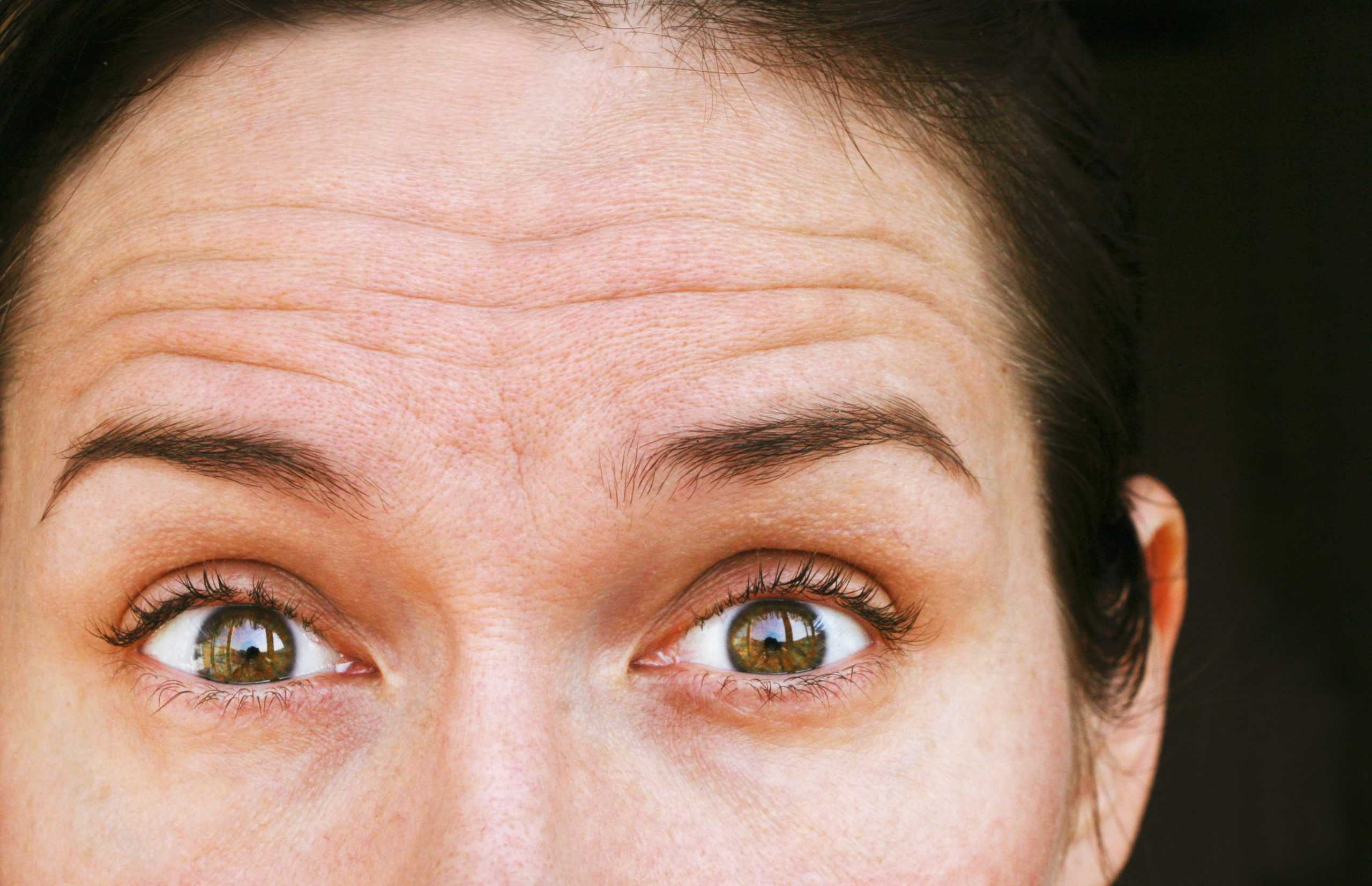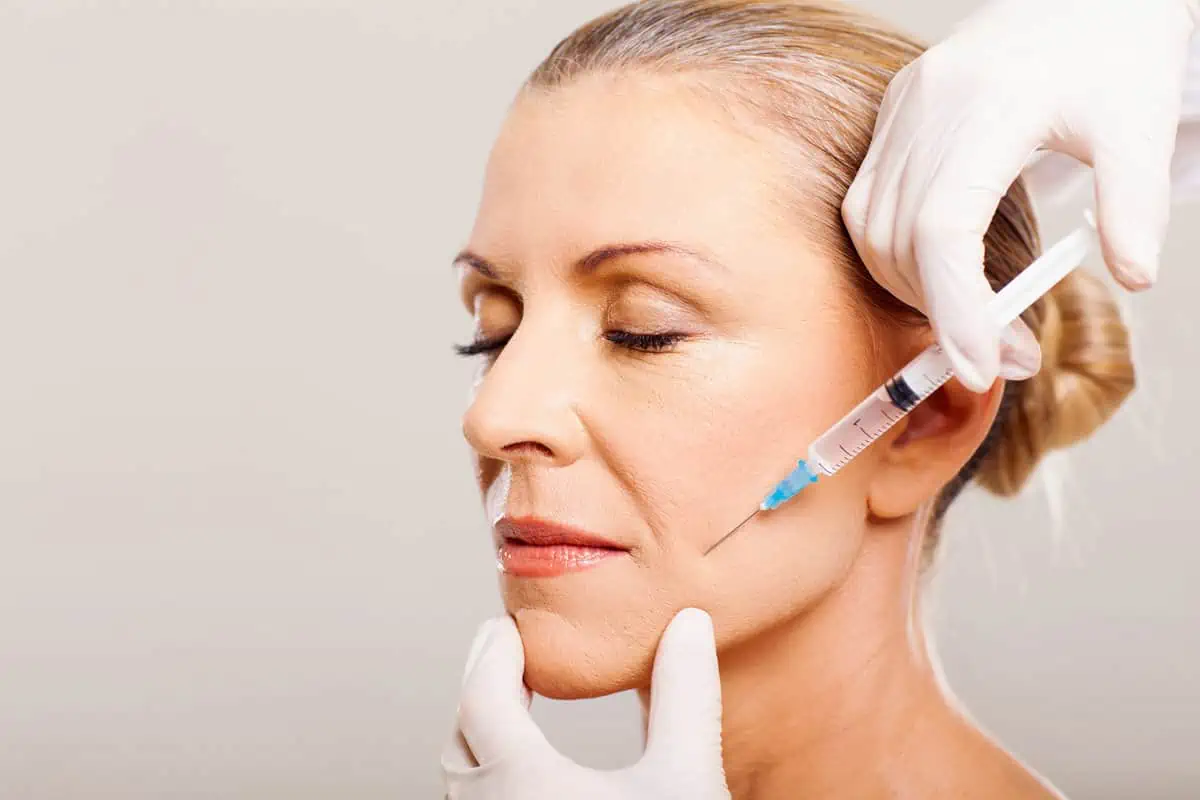Botox injections have several uses – they are beneficial for many medical issues such as hyperhidrosis, cervical dystonia (neck spasms), an overactive bladder, lazy eye, or persistent migraines. But they are primarily used for softening facial wrinkles. But how exactly does Botox work?
Keep reading to find out.
What is Botox?
Botox is a brand name for a toxin made by the Clostridium botulinum bacteria, which can be found in various natural environments, such as soil, lakes, woods, and the intestines of fish and mammals. Other brands use the same toxin, but Botox is the most popular.
The botulinum toxin is quite harmful. According to some scientists, a few kilograms of the toxin’s crystalline form could kill every person in the world, and 1 gram of it might kill 1 million people. However, the American Osteopathic College of Dermatology reports that Botox is safe and rarely causes adverse effects when used as directed in a therapeutic setting.
Manufacturers use Botulinum toxin in extremely small concentrations to create Botox injections. The drug’s ability to temporarily immobilize muscles can be helpful for patients who suffer from different muscle or nervous problems.
How Botox Works
Botox is essentially a neurotoxin. By attacking the neurological system, neurotoxins interfere with the nerve signaling mechanisms that cause muscle movement. Botox accomplishes muscle paralysis in a highly controlled manner.
Acetylcholine, a chemical messenger, is released by the nerves at the point where muscle cells and nerve endings come together to cause any muscle to contract. When acetylcholine binds to receptors on muscle cells, the cells shorten or contract.
Acetylcholine, which prevents muscle cells from contracting, is prevented from being released by Botox injections. The toxin aids in reducing muscle stiffness in this way.
Botox for Wrinkles
Botox is most frequently used to minimize facial wrinkles. Injections of Botox are the most widely used cosmetic surgery nationwide, according to the American Board of Cosmetic Surgery. More than 7 million people received Botox treatments in 2016.
Depending on the type of treatment, the effects are temporary and last between three and twelve months.
Injections are frequently requested in the following areas of the face:
- The 11s, also known as frown lines, glabellar lines, or creases between the brows
- Crow’s feet or lines around the eyes
- Forehead wrinkles that go horizontally
- Corners of the lips with lines
- “Cobblestone” chin skin
The Botox Procedure
Most people have minimal discomfort when having the operation done. However, you may want to numb your skin beforehand. Various techniques are available to numb the area, including topical anesthetic, ice, and vibration anesthesia, which uses massage to ease the pain.
It merely takes a few minutes to receive Botox. There is no need for anesthetic. The practitioner gently injects Botox into selected muscles using a tiny needle. The size of the treatment area is one of many variables that affect how many injections are required.
The full effects often take 7 to 14 days to manifest. Refusing drinking at least one week before the surgery is highly advisable. To reduce the risk of bruising, you should cease taking aspirin and anti-inflammatory drugs two weeks before treatment.
Refrain from rubbing the injection site within twenty-four hours of the injections to prevent spreading the Botox to other areas. In addition, your doctor might advise that you take a day off from exercising and remain upright for four hours after the procedure.
How Long Botox Results Last
The results of Botox will persist for three to six months. As muscular activity gradually increases, lines and wrinkles start resurfacing and require further treatment.
The effects of Botox are cumulative, meaning that the more you get the treatment, the more effective it becomes. Because the muscles are shrinking over time, the lines and wrinkles frequently become less noticeable.
The Risks Associated with Botox
Following a Botox injection, you can experience a few short-term side effects. These might consist of the following:
- Bruising is the most prevalent side effect of Botox. However, it is only temporary and will pass.
- Headaches are often infrequent and pass in 24 to 48 hours.
- Eyelid sagging – only a tiny fraction of people experience this, and it usually goes away in three weeks. Don’t rub the area that has received Botox because that commonly causes it to move around.
- Drooling or a crooked smile
- Dry eyes or a lot of crying
- Slight discomfort or swelling near the injection site
- Flu-like symptoms or a generalized feeling of sickness
- Uneasy stomach
- Numbness
- Muscle weakness in the area
These are not all the side effects of Botox, but they are the most common. Botox may have other more severe side effects.
Depending on the procedure, there are worries that Botox’s effects could spread beyond the injection site and cause symptoms, including breathing difficulties. Some people are more likely than others to experience this, and genetic factors could be involved.
The injector’s skill also plays a part in the safety of the Botox treatment. Injecting the neurotoxin requires extreme care. If the toxin spreads beyond the intended target area, it may have permanently damaging effects.
It is always best to work with professionals to get the proper consultation and procedure.
Botox should not be used by those who are nursing, pregnant, or have a neurological condition. Consult a doctor beforehand because not all wrinkles are treatable with Botox.
You shouldn’t receive Botox injections if you have a cow’s milk protein allergy.
How to Prepare for Botox
Before having Botox, schedule a professional consultation. If you’ve received any form of Botox injection within the last four months, let your doctor know. Additionally, let your doctor know if you use sedatives, sleep aids, or allergy medications.
To lessen your risk of bleeding or bruising, you might need to stop taking blood thinners a few days before your injection.
Botox with the Beauty Bar Aesthetics & Wellness
The Beauty Bar Aesthetics & Wellness provides the best Botox treatment in Bettendorf, Iowa. You can call us at 563 447 7477 or make an appointment online.






